For over twenty years, Robert Jordas’ garden in Finland has strived to develop greenhouse farming by focusing on energy efficiency and sustainable farming. Robbe’s previous projects include integrating biodegradable pots, energy-efficient building materials, light-emitting diode (LED) lighting, and vertical farming into Finnish greenhouses.
The newest investment in the garden is a large, 317 kWp, solar power plant, which will be used to make farming more sustainable and economic. The founder of the company, Robert Jordas, justifies the investment as follows. “As we aim towards sustainability, renewable energy has a key role. Especially farmers must be responsible in this matter. While building our vertical farm, we were faced with a problem; using traditional roofing materials on the greenhouse meant that the plants would not be able to use sunlight for growing. We resolved this problem by installing a solar power plant, so the plants could indirectly benefit from solar radiation.”
The garden considers greenhouses to be suitable locations for solar power plants since both the greenhouse and the power plant benefit from each other. Robert Tallberg has worked as an energy consultant for the garden. Tallberg has conducted a techno-economic assessment of the solar power plant and justifies the investment as follows.

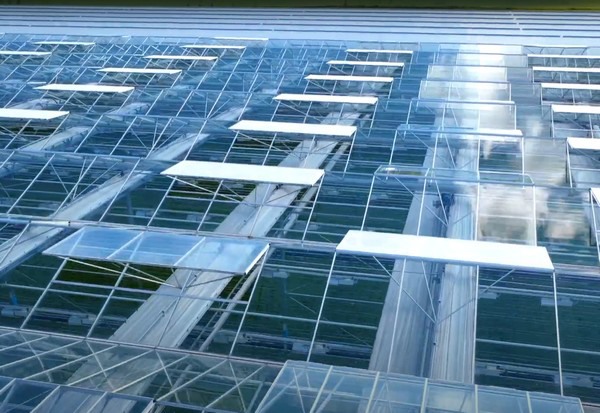
“A Venlo-shaped greenhouse offers a great installation surface for the solar modules. It also keeps the modules away from shade and dust. Greenhouses also often meet the many electrical requirements of a large solar power plant, including specific fuse sizes and wiring. Solar power plants, on the other hand, can cover a large portion of the greenhouse’s electricity consumption in the summer, if sized correctly.”
The research done at the garden goes deeper than just estimating cost-effectiveness or conducting sensitivity analyses. According to Jordas, greenhouses could be suitable locations for newer types of solar modules, like bi-facial solar modules, as well. Jordas estimated the applicability of bi-facial solar modules as follows. “In terms of the plant, partial shading could even be beneficial. Salad, for example, grows best when receiving radiation of 400 – 500 W/𝑚2 and does not require the up to a thousand watts per square meter that may radiate during the summer. Bi-facial modules could also work well under the reflective shading curtains of a greenhouse.”
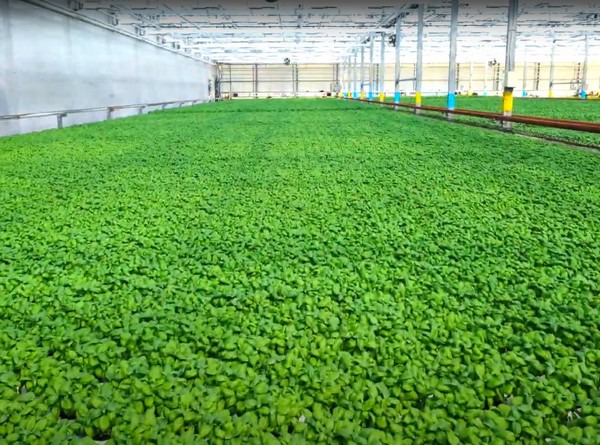
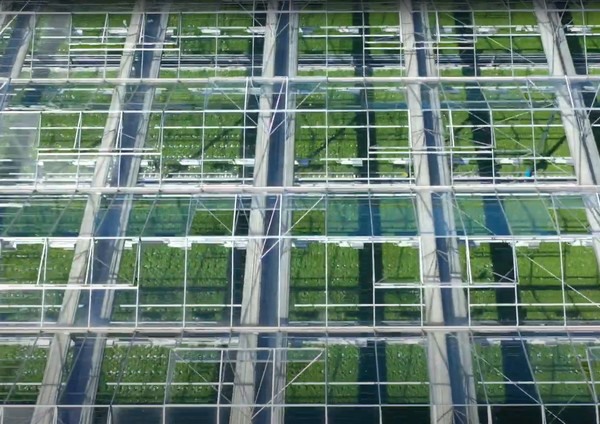
The stability of the electricity grid is an important part of our energy infrastructure, and frequency containment reserves (FCR) are also researched. A greenhouse is a great reserve supplier since a greenhouse can participate in both up-regulation and down-regulation. The solar power plant, heat pumps, and LED-lighting make the greenhouse’s reserve portfolio versatile.
The greenhouse’s energy consultant Tallberg describes the FCR research as follows. “In our opinion, the research we conduct deviates from previous ones due to the many changes that both greenhouse technology and the FCRs have experienced as of late. We believe that the role of greenhouses in FCRs will be emphasized in the near future. Therefore, the research done at Robert’s greenhouse is very important.” A bigger goal of Robbe´s Little Garden´s R&D work is to promote Finnish horticulture with new innovations.
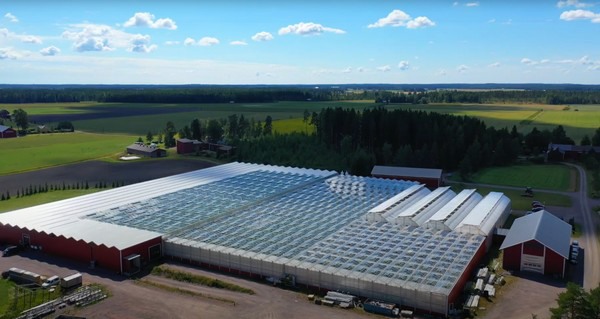
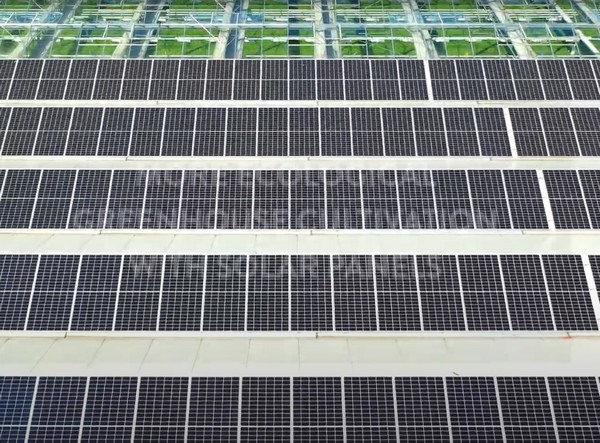
For more information: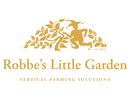
Robert Jordas, Owner
[email protected]
Robbe’s Little Garden
www.robbeslittlegarden.com
